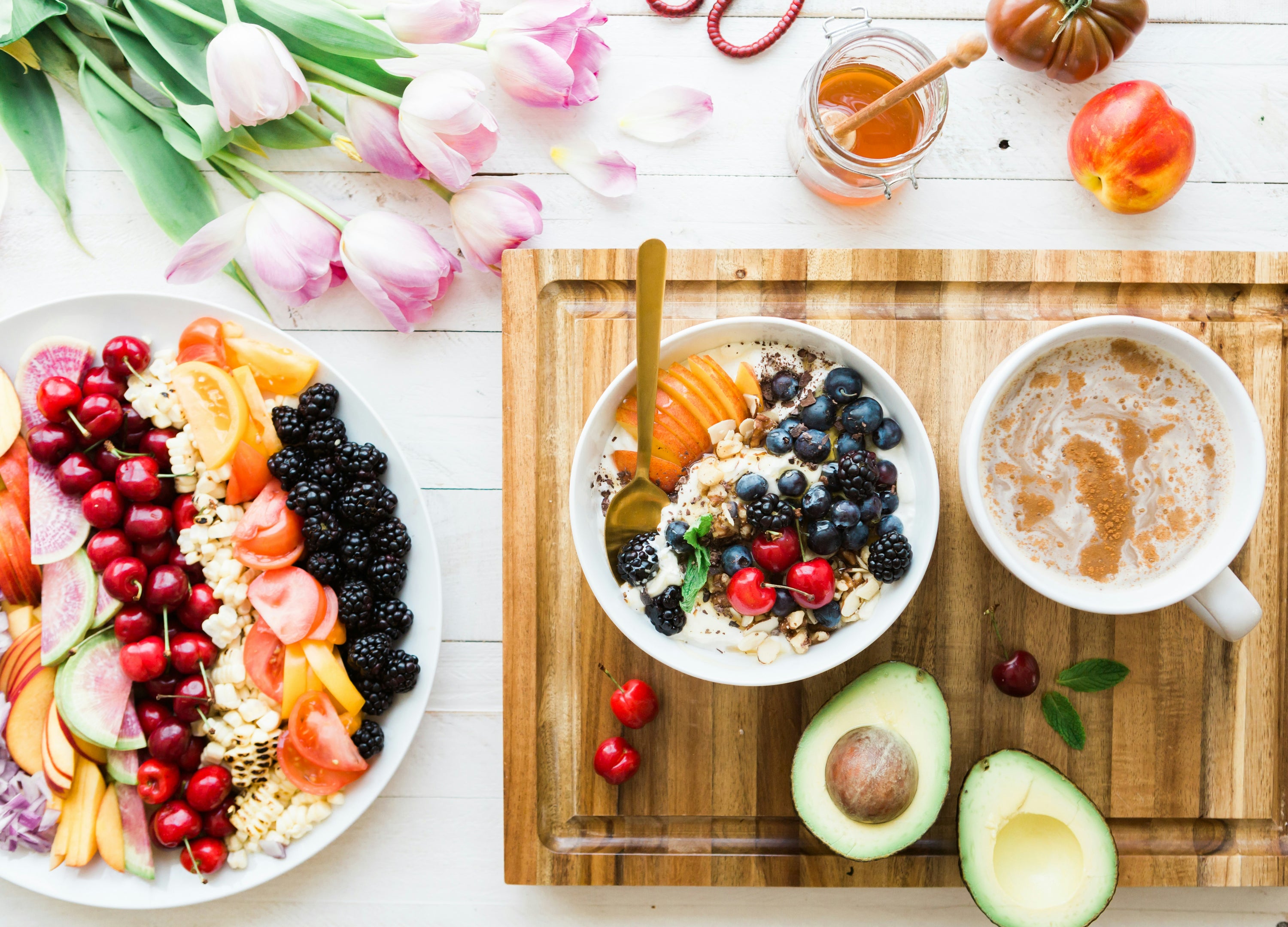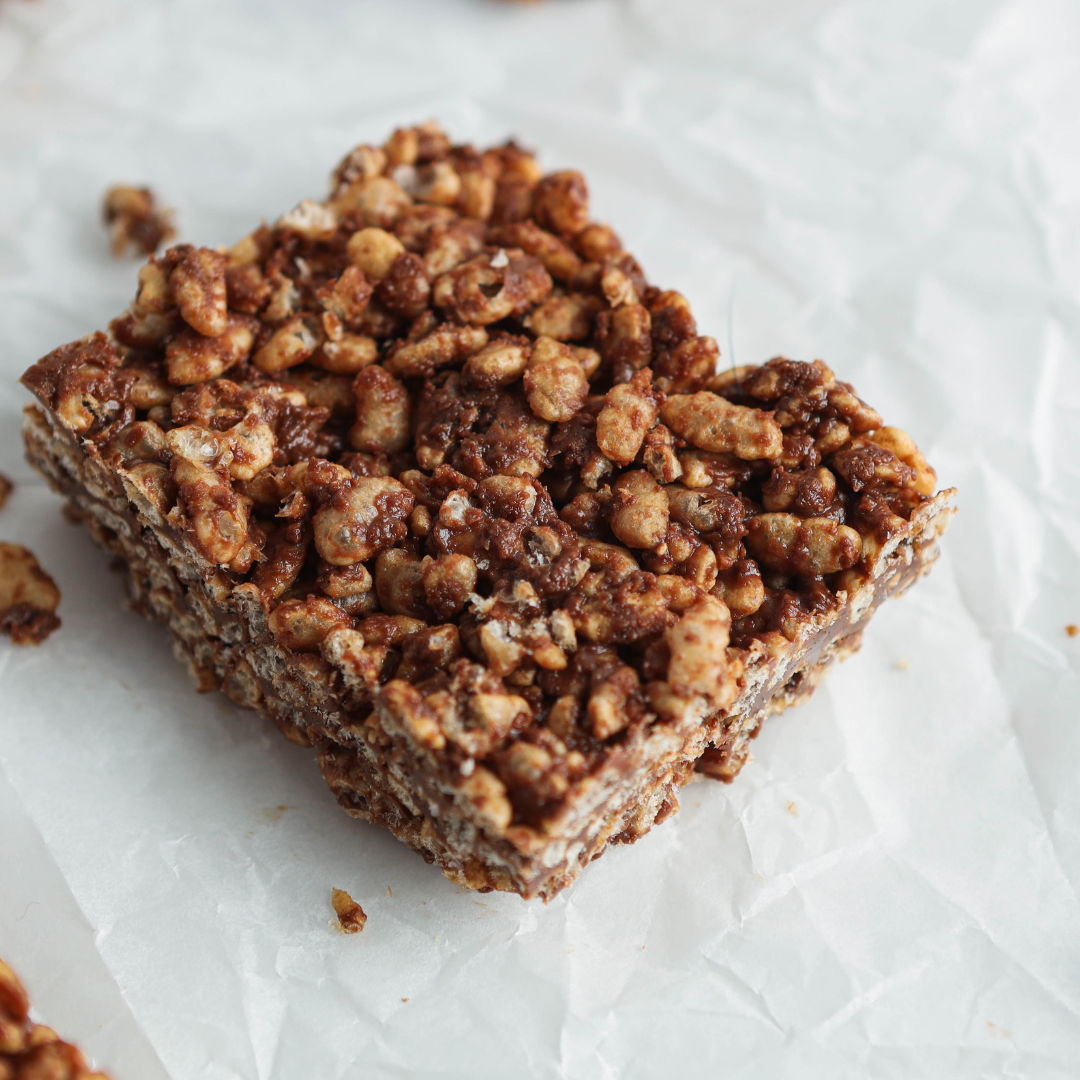- View All
- Blog
- Recipes
Easy No Bake Healthy Chocolate Crackle Slice
A healthy take on everyone's childhood favorite treat, chocolate crackles! No bake, no nasties made in a flash, and they are super tasty too!
The Secret to Optimal Health & Longevity!
We all want better health. We all want to FEEL good when we get out of bed, or run around with the kids, or go to that gym session after a long day at work.
Nourish Your Body: Simple Ways to Get More Nutrients into Your Daily Diet.
Eating a nutrient dense diet is essential for overall health & wellbeing. However a lot of people struggle to get adequate levels of micronutrients (vitamins, minerals, polyphenols and other essential nutrients) in their daily meals.
The Secret to Optimal Health & Longevity!
We all want better health. We all want to FEEL good when we get out of bed, or run around with the kids, or go to that gym session after a long day at work.
We are all quite aware by now what a healthy diet consists of, but many of us don't know exactly what nutrients help us the most.
Enter polyphenols!
What are polyphenols?
They are natural compounds found in plant based foods such as fruits, vegetables, nuts, seeds and some wholegrains.
They are best known for their antioxidant properties, which help protect the body from oxidative stress and inflammation.
There are thousands of different types of polyphenols, including flavonoids, phenolic acids and stilbenes, each with unique health benefits.
The main benefits are:
1. Anti-inflammatory properties: Polyphenols have been shown to reduce inflammation in the body, which is key factor in the development of chronic diseases such as heart disease, cancer and diabetes.
2. Antioxidant effects: Polyphenols act as antioxidants, scavenging free radicals and reducing oxidative stress in the body. This can help slow down the aging process, ultimately leading to better health and longevity.
3. Cardiovascular health: Several studies have shown that polyphenols can help improve cardiovascular health by reducing blood pressure, lowering cholesterol levels, and improving blood flow. This can help reduce the risk of heart disease and stroke, two of the leading causes of death worldwide.
4. Brain health: Polyhenols have been linked to improved cognitive function and a reduced risk of neurodegenerative diseases such as Alzheimer's and Parkinson's. These compounds can help protect brain cells from damage and support overall brain health as we age.
What exactly are they found in?
- Berries- strawberries, blueberries, raspberries and blackberries.
- Dark chocolate (at least 50%)
- Green tea
- Leafy greens- spinach, kale, broccoli
- Extra virgin olive oil
- Nuts - almonds, walnuts and pecans
- Cell Charge- contains 22 polyphenolic antioxidants and much more!
Polyphenols are powerful compounds with numerous health benefits, making them an essential part of a healthy diet. By including a variety of polyphenol-rich foods in your meals, you can protect against chronic diseases and optimise your health.
Thriving rather than surviving!
Nourish Your Body: Simple Ways to Get More Nutrients into Your Daily Diet.
Eating nutrient dense doesn't have to be hard, it is actually really easy once you are aware of what you eat and make conscious choices.
1. Eat a variety of colourful fruits and vegetables
One of the easiest ways to increase your nutrient intake is to include a wide variety of colourful fruits and vegetables in your meals. Different colours indicate different nutrients. The combination of different micronutrients have a powerful effect on the health of our bodies.
Have vegetables more than once per day. Aim for at least 4 different types per day and as fresh as possible. Shop local so produce is in season and not imported.
2. Choose whole foods and limit processed foods
If it comes from a packet keep it to a minimum. Cook from scratch more. Change white rice for brown, white pasta to quinoa. Rye or spelt breads rather than wheat. These food contain more micronutrients, fibre all which help regulate blood sugar levels, improve digestion and provide sustained energy throughout the day.
3. Include lean proteins
Protein is an essential building block for repairing tissues in the body, so it's important to include lean sources in your daily diet. Options like organic chicken, wild caught fish, organic eggs, organic or grass fed red meat, tofu and organic legumes. Protein rich foods can also help you feel full and satisfied, reducing the likelihood of overeating.
4. Add healthy fats
Omega 3, 6 and 9 fats are essential for healthy cell function including, brain, hormone and overall wellbeing.
Our body cannot make these fats so they must come from our diet.
Omega 6 and 9 are often more abundant in the average diet, but it is omega 3 that is the most beneficial, acting as an anti-inflammatory among other things.
Avocaodos, nuts and seeds, extra virgin olive oil and whole grains and red meat are some examples of foods with omega 6 and 9. Omega 3 on the other hand is mostly found in fish and seafood, plant oils, eggs and nuts and seeds.
5. Snack on nutrient dense foods
Swap the highly processed, sugar laden, high salt and high preservative foods for nutrient dense alternatives. Eg: potato crisps for rice cakes with avocado and lemon juice or instead of store bought flavoured yoghurt and muesli- plain greek yoghurt and home made raw muesli.
Getting more nutrients into your diet doesn't have to be hard or unpleasant.
Keep it varied, keep it fresh and home made as much as possible. And yes the saying is true, eat the rainbow!
Taking Cell Charge is also assurance you are getting maximum micronutrient uptake as it is a multi-mineral, polyphenolic blend of all the micronutrients your body needs to thrive, many of them cannot be found in any foods today.
Easy No Bake Healthy Chocolate Crackle Slice
Ingredients:
- 2 3/4 cup Freedom Foods Rice Puffs
- 1/2 cup dessicated coconut
- 1/3 cup unsweetened cacoa powder
- 3 Tablespoons of maple syrup
How to:
- Put the rice puffs in a heat proof bowl, coconut and stir
- Meanwhile melt coconut oil then add into bowl and stir well.
- Then add cacoa powder and maple syrup, stirring again.
- Pour into pre-lined square tray and flatten till evenly spread.
- Refridgerate till set (usually overnight best) then store in an air tight container in the fridge).
- Enjoy!






